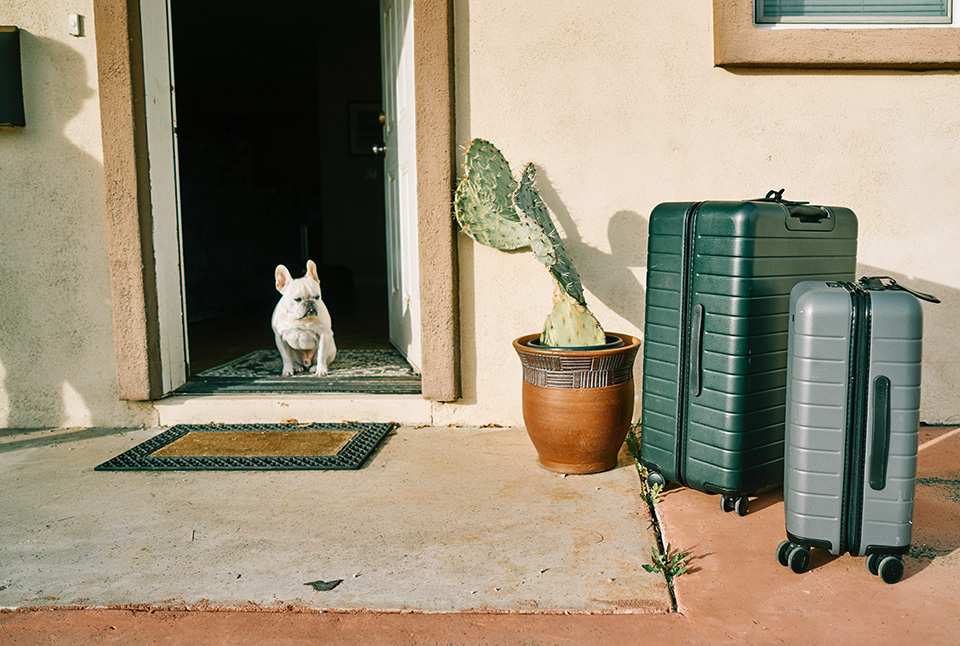
Traveling a long distance with your pet can be stressful, both for them and you. However, it may be unavoidable under some circumstances if you are unable to leave your pet at home or with a caregiver. The good news is that you can travel long distances with pets, safely and sanely, with some preparation and guidance.
Before you travel any distance with your pet, it’s vital to ensure you are prepared to keep them safe and healthy. Keep in mind that pets have no way of underst anding what is happening when they are traveling or why they are away from their home. This can cause anxiety, so it’s best to anticipate their needs and prepare for as many situations as possible.
Some steps to take before you travel with your pet are:
If long distance travel with your pet is a must, organize and prepare as much as possible before your trip.
The least stressful way to travel long distances with pets is by car. Though car trips can be long, they allow for necessary stops and frequent breaks for eating, drinking, some exercise, and bathroom privileges. It may be tempting to allow your pet to move freely in the car. However, the safest option is for them to be protected and travel in a roomy car carrier or kennel. Be sure to have your pet’s leash or harness available, so they don’t run away at stops or in unfamiliar surroundings.
When traveling by car, it’s essential to monitor your pet for signs of distress. And no pet should ever be left alone in the car, regardless of open windows, length of time, or weather conditions. It’s against the law to leave your pet unattended in a vehicle in most states due to the danger it poses for them.
At times, air travel with pets is a necessity. Most major airlines allow pets to travel in the cabin area if they are in an approved carrier that can fit easily under the seat in front. Larger pets must travel in an approved crate or kennel in the cargo area of the plane. If you travel by air with your pet, ensure that you contact the airline directly for a full underst anding of their pet policies.

Travel can be an enjoyable experience. However, traveling a long distance with your pet can lead to stress, anxiety, and frustration for everyone involved. Therefore, pet owners need to manage their expectations to minimize negativity.
Many studies have indicated that pets and other companion animals—especially dogs and cats—, are aware of human emotions and feel them as well. It is particularly true when it comes to negative emotions. Since travel is inherently stressful for animals, experiencing added pressures and frustration from their owners will only compound the problem.
As a responsible pet owner, you can reduce the level of stress and anxiety for yourself and your pet by considering the following suggestions for managing expectations:
A long-distance trip with pets is not easy. However, preparing ahead, ensuring safe transportation, and managing expectations will make for better travel.